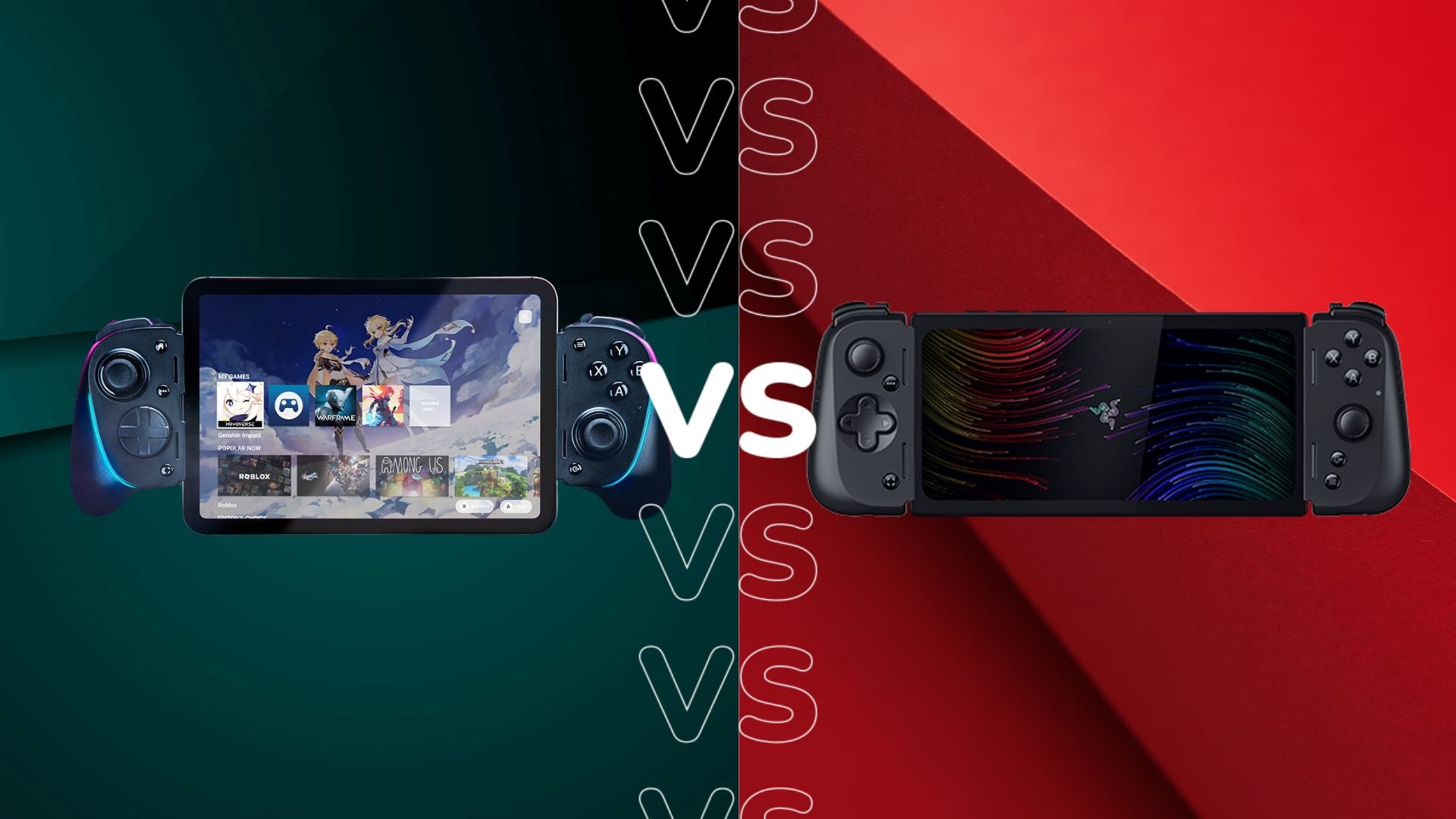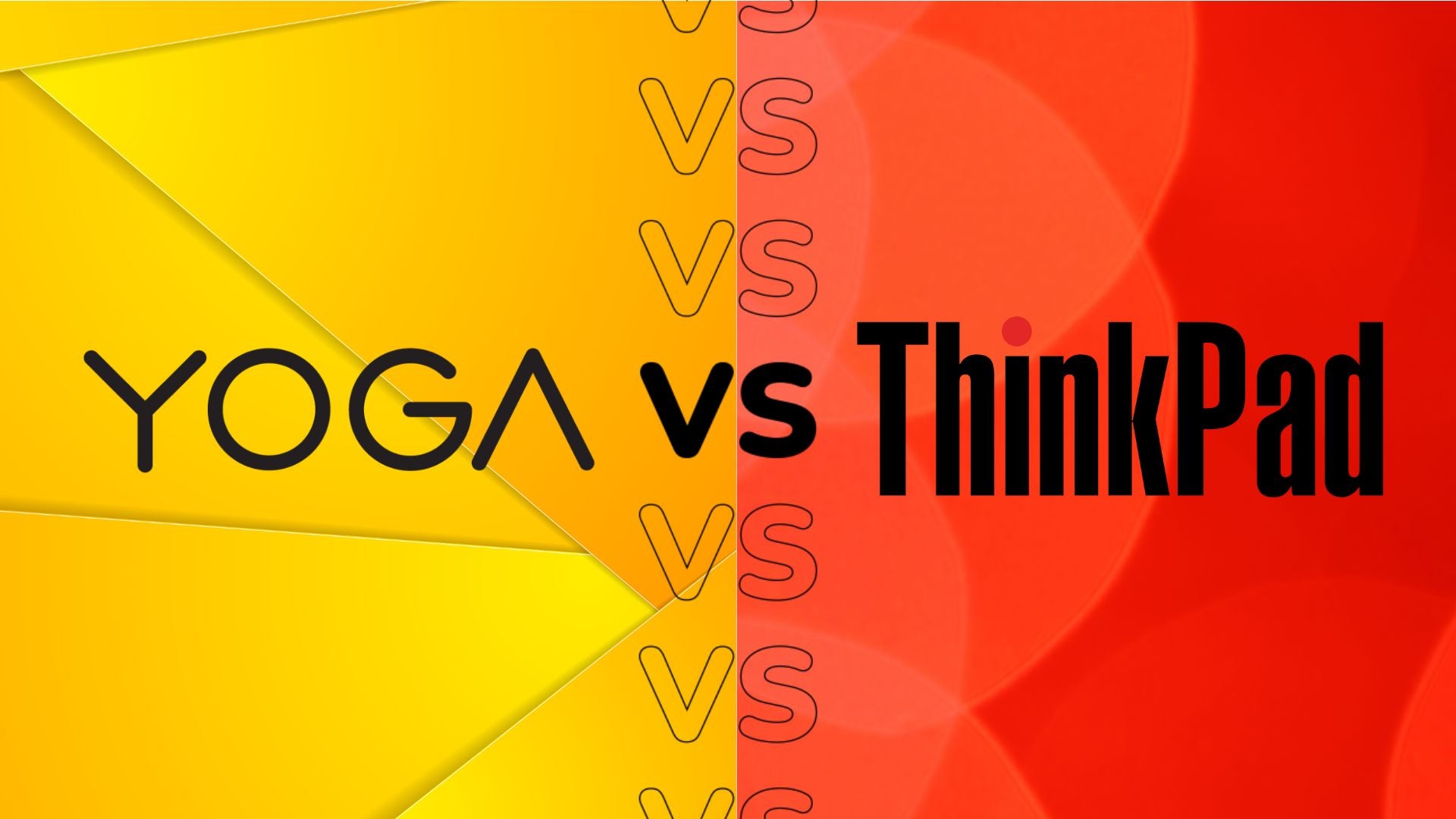DualSense Edge vs DualSense: Which controller is best for you?
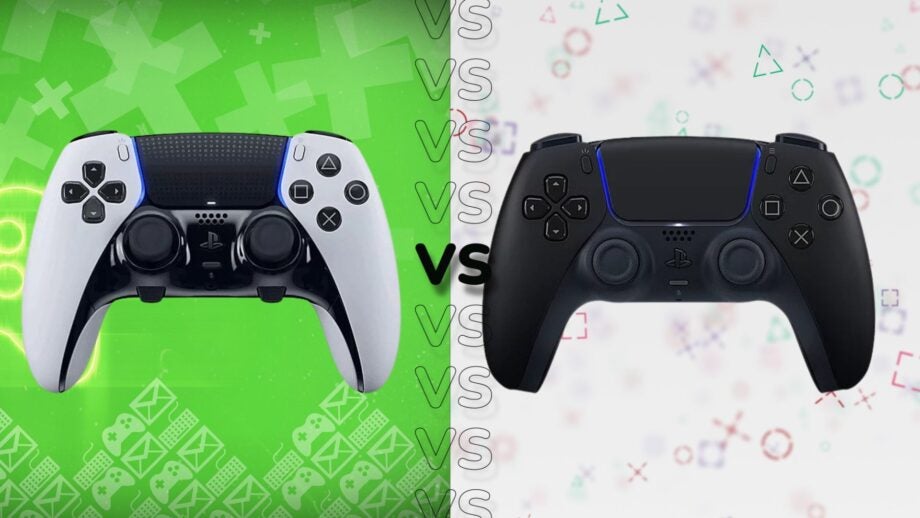
Sony recently released the DualSense Edge, arguably the most customisable controller ever developed by the company.
The DualSense Edge is the successor to the DualSense controller and is jammed with more features than ever before. Both controllers can be used with a PC but are designed for the PS5 console, with neither working with the last-generation PS4.
When it comes to gaming you want to make sure that you’re comfortable using the hardware provided, which is why we’re going to be taking a closer look at what the DualSense and DualSense Edge have to offer, so you can decide if the latest controller is worth your hard-earned cash.
Read on to find out how these controllers match up in terms of price, design, software and more.
Price
The DualSense can be found in various colourways, with the base White/Black and Midnight Black models costing £59.99/$69.99, and the coloured variations costing £64.99/$74.99.
The DualSense Edge is a lot more expensive due to its features, coming with a hefty £209.99/$199.99 price tag.
Design
The DualSense has multiple colourways, unlike the DualSense Edge. It can be found in the base White/Black and Midnight Black, as well as Grey Camouflage, Starlight Blue, Nova Pink, Galactic Purple and Cosmic Red, with limited edition releases popping up on occasion.
The DualSense Edge can currently only be found in White, although we expect more colourful models to become available in the future.
Both controllers have the same basic shape and can be utilised with the DualSense Charging Station, with the Edge being slightly heavier than the DualSense at 322g. The standard controller uses matte plastic while the Edge is shiner, giving it a more premium look. The touchpad on the DualSense Edge is branded with the PS logo and the controller itself comes with a selection of brand-new buttons, such as the Function buttons and back buttons.
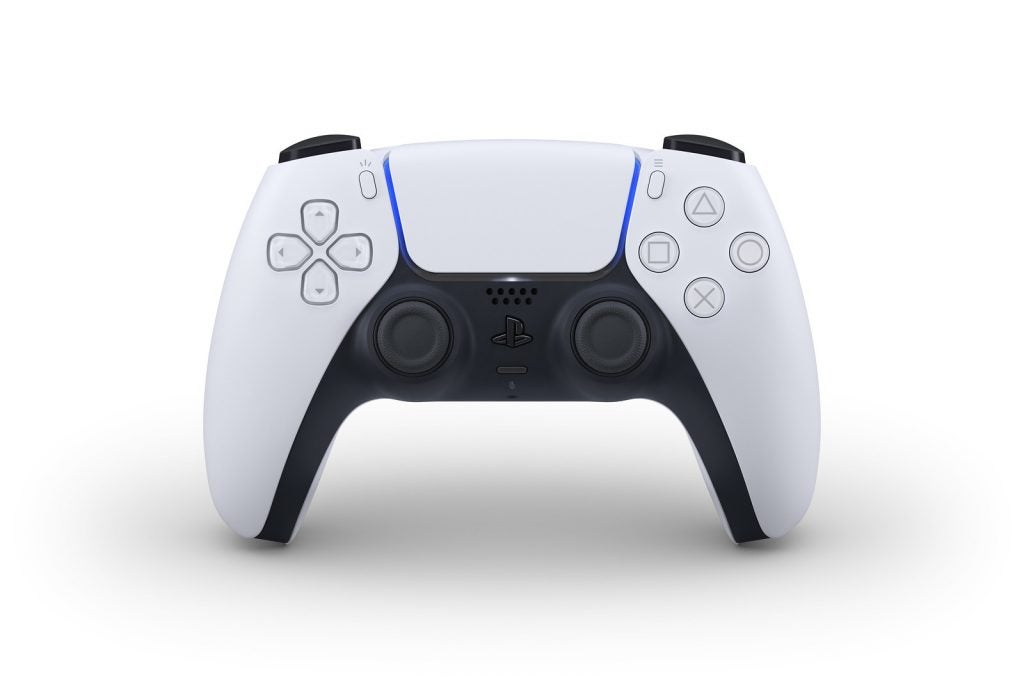
The back buttons are customisable and come in two forms, either a dome or a lever, and are magnetically attached to the back of the device. This is not present on the base DualSense controller.
Another new design feature of the DualSense Edge is the removable joysticks and stick caps; the Edge comes with three joy cap options: low-dome, medium-dome and high-dome. The removable joysticks also ensure that you won’t need to replace the entire controller if it starts to suffer from joystick drift. Spare joysticks can be found on the PlayStation website for £19.99.
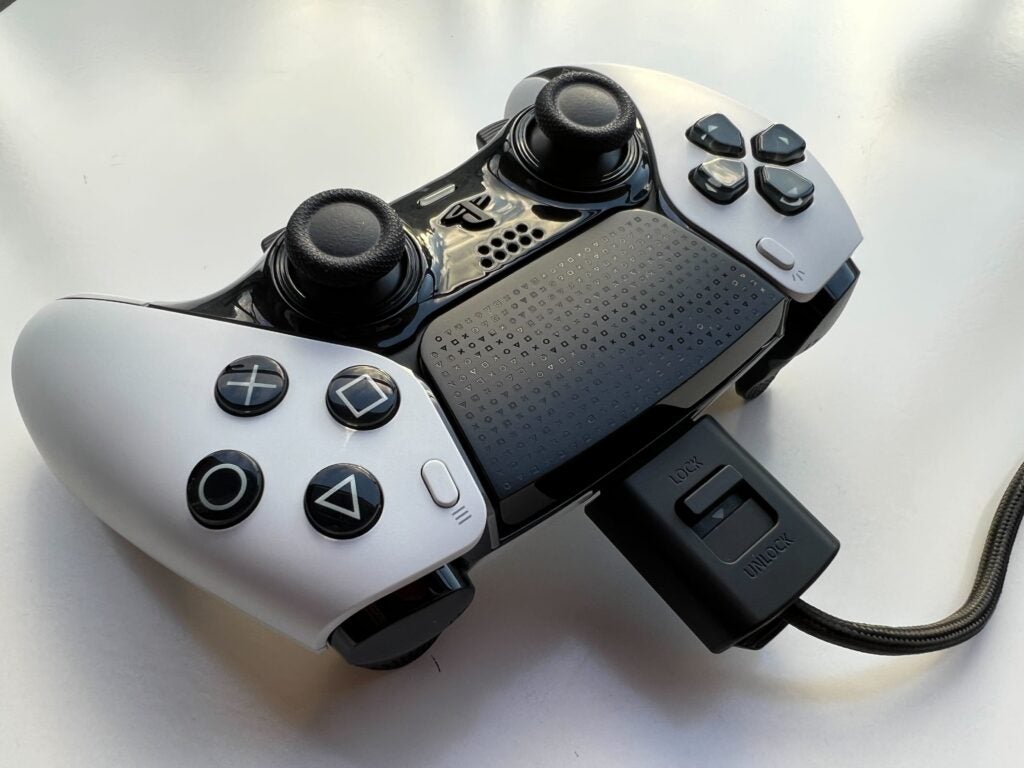
Moreover, the DualSense Edge comes bundled with a sturdy white carrying case that features a passthrough port for charging. This makes it easier to take your controller on the go and is the best place to store the spare back buttons and joystick caps that pair with the Edge. The case also contains a new braided 4-metre USB-C cable and a charger lock that ensures your charger won’t become disconnected during intensive gaming sessions.
While the charger can be used with the base DualSense, the charger lock only works with the DualSense Edge due to its pronged design.
Performance
Both the DualSense and DualSense Edge feature haptic feedback, seemingly having the same vibration techniques and strength. Both reviews note how immersive and responsive haptic feedback is and how it helps improve all the supported titles it’s paired with.
In terms of battery life, the base DualSense comes out on top. We found the DualSense to last up to 13-hours before needing to be recharged, while the DualSense Edge only hit around five-hours. Sony claims that since the Edge keeps the same shape as the original controller but packs so many more features, it drains the battery much faster.
The speed at which the battery drains will also be impacted by the haptic feedback and lighting features, as we expect that both controllers will have a longer battery life with these disabled.
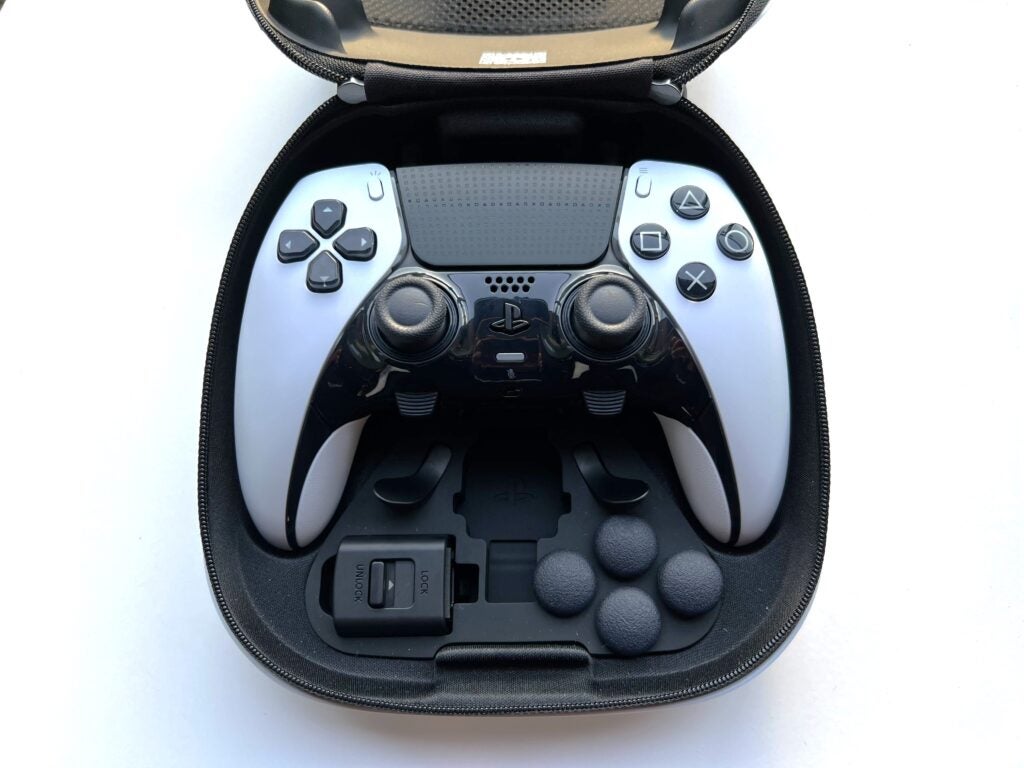
The DualSense Edge controller comes fitted with adaptive triggers that are rubberised. The player can choose between three different modes, depending on how responsive you want the triggers to be. There is full range, medium range and short range, with short range being best for FPS titles like Call of Duty: Modern Warfare, and long range offering a more gradual sense of movements, ideal for games like Gran Turismo 7.
While the DualSense does feature these triggers on the back of the controller, there is no option to switch the range from full to short, making it less customisable.
Software
Unlike the DualSense controller, users have the option of running through a guide of the DualSense Edge software so they can get to grips with all the new features.
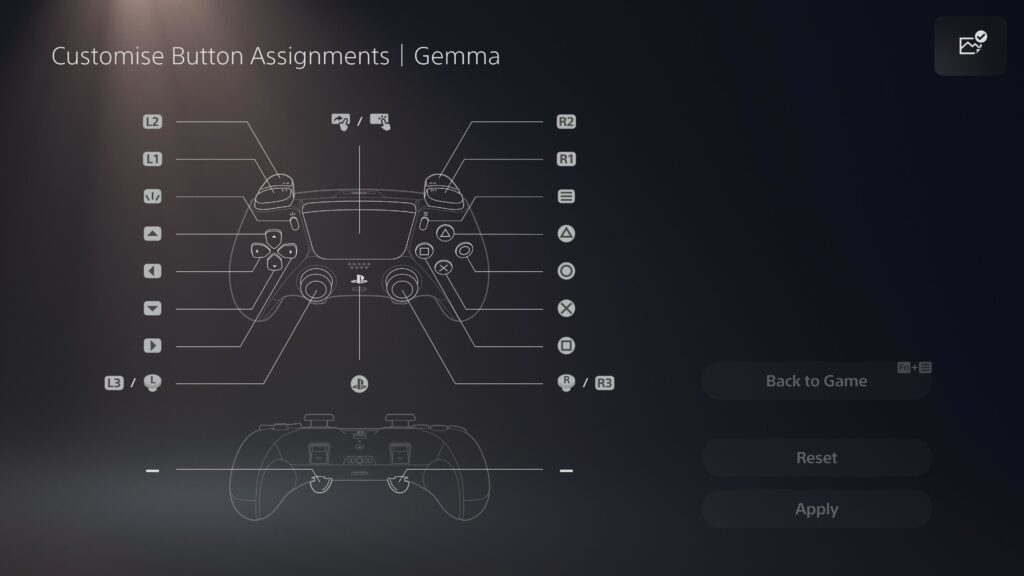
Players can remap every button on the Edge – aside from the PS button – with the option of adjusting the dead zones in both the adaptive triggers and joysticks. Sony has given users four profiles that can be customised at will, and you can switch between those profiles whenever you please.
These profiles can all be accessed by pressing the Function buttons at the bottom of the screen, with our reviewer noting that switching between profiles mid-game felt seamless and a lot less intrusive than you may expect.
Verdict
Overall, the DualSense Edge stands head and shoulders above the DualSense in terms of customisation, but it comes with a hefty price tag. We would recommend the DualSense Edge to any professional gamers who want to personalise their experience while gaming since it comes with almost endless possibilities.
However, for casual gamers this may not be worth the investment. In our review of the DualSense Edge, we noted that getting used to the new layouts and back buttons can be a little cumbersome and may be too overwhelming for some players, meaning that you won’t see an immediate performance improvement upon first use.
If you’re not someone who is going to benefit from new button layouts and precise control, then the regular DualSense is the most cost-effective option, but we would recommend that hardcore gamers see what they can achieve with the DualSense Edge.





